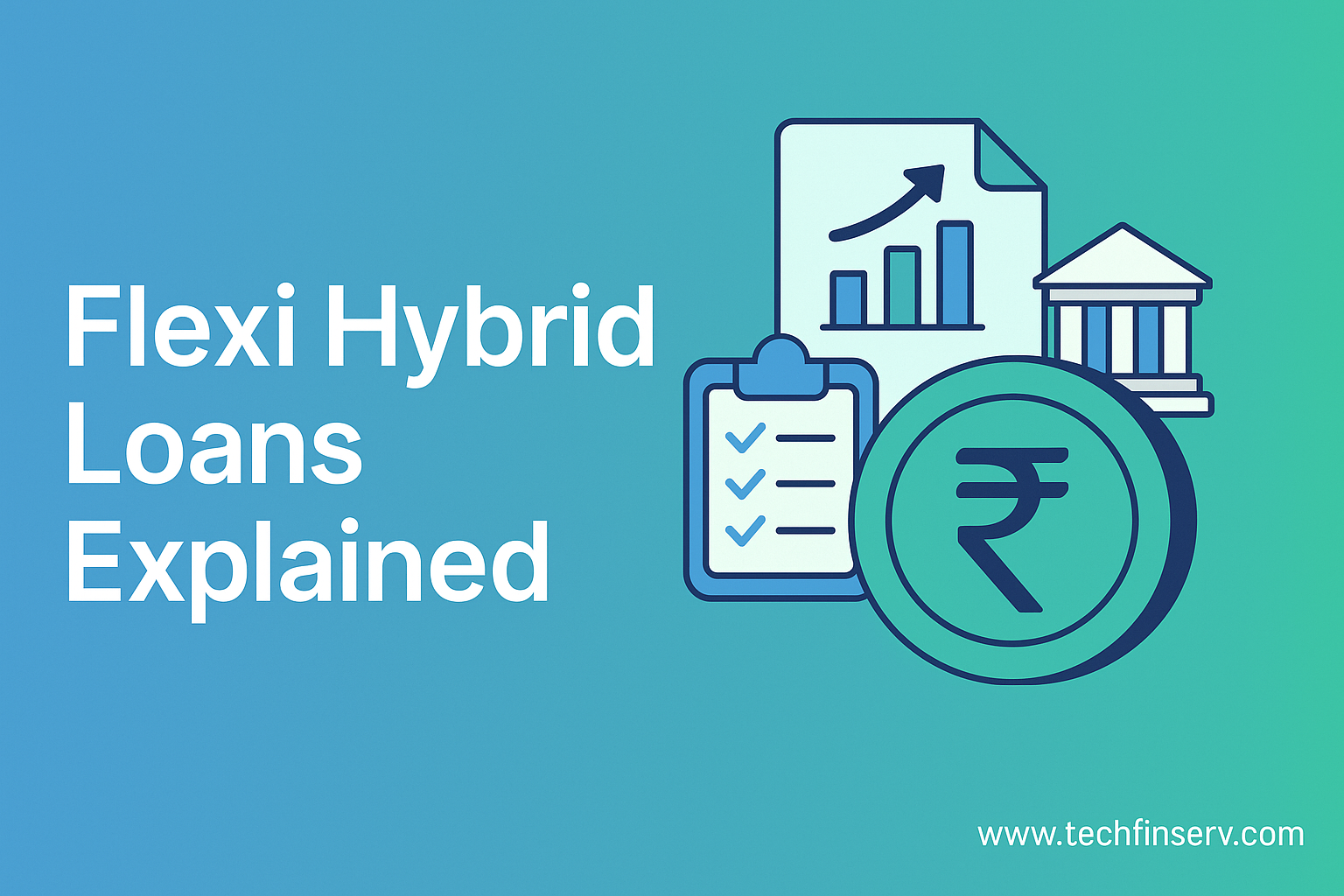What is EMI? Complete Guide to Loan Repayments
EMI (Equated Monthly Installment) is the fixed amount you pay every month to repay a loan. Each EMI has two parts: a principal component that reduces your outstanding amount, and an interest component that is the cost of borrowing. Understanding how these parts change over time helps you save interest and finish loans faster.
Understanding the Interest Rate
The interest rate is the percentage charged by your lender for providing the loan. It directly influences your EMI. Even a 0.5% difference in rate can significantly change the total interest paid over long tenures.
Types of Interest
1) Fixed Interest Rate
Rate remains the same throughout the tenure, so your EMI does not change. Great for predictable budgeting.
2) Floating (Variable) Interest Rate
Rate moves with market benchmarks (e.g., policy/repo rate). EMIs may rise or fall—often cheaper over the long run but less predictable.
3) Reducing Balance Interest
Interest is charged on the outstanding principal only. As you repay, the interest portion of EMI declines and the principal portion increases.
4) Flat Interest Rate
Interest is calculated on the original loan amount for the entire tenure. Simple but typically costlier than reducing-balance loans.
Interest Component of EMI
At the start of the loan, a larger share of EMI goes to interest because the outstanding balance is high. Over time, interest share falls and more of your EMI goes toward principal.
Principal Component of EMI
The principal component is the part of EMI that repays your borrowed amount. It starts small and increases over the tenure, accelerating balance reduction in later years.
What is Part Payment?
Part payment means paying an additional lump sum besides regular EMIs. This directly reduces outstanding principal, lowering future interest. After a part payment, you can either reduce your EMI or keep EMI same and shorten the loan tenure.
Example: If your balance is ₹7,00,000 and you part‑pay ₹1,00,000, future interest is computed on ₹6,00,000.
What is Foreclosure?
Foreclosure means clearing the entire outstanding loan before the scheduled end date. It cuts future interest and makes you debt‑free sooner. Check if your lender charges foreclosure/prepayment fees and compare them with expected interest savings.
Pro tip: Before making a part payment, try our EMI Calculator and save interest.
FAQ
What is EMI in simple words?
It’s a fixed monthly payment that includes both principal and interest used to repay a loan.
Which is better—fixed or floating rate?
Choose fixed for stable budgets; choose floating if you can tolerate changes and aim for potentially lower long‑term cost.
Does part payment reduce EMI or tenure?
It reduces principal. You can opt to lower EMI or keep EMI same and shorten the tenure.
Is foreclosure always worth it?
Often early in the tenure, yes—but confirm fees and compare against remaining interest.
Other Posts

Flexi Hybrid Loan: Interest-Only + Dropline Explained
Discover how Flexi Hybrid Loans combine the benefits of overdraft and term loans. Learn about the 2-phase structure (interest-only + dropline),Flexible withdrawals and part-payments make this the smarter way to borrow.
Read more →
Master Your EMIs
Use our EMI Calculator and strategies to save interest.
Try calculator →
Tax-saving Strategies
Practical 80C investments & tax tips.
Read more →
Smart Debt Management
Prioritize, refinance and pay off high-interest loans.
Read more →